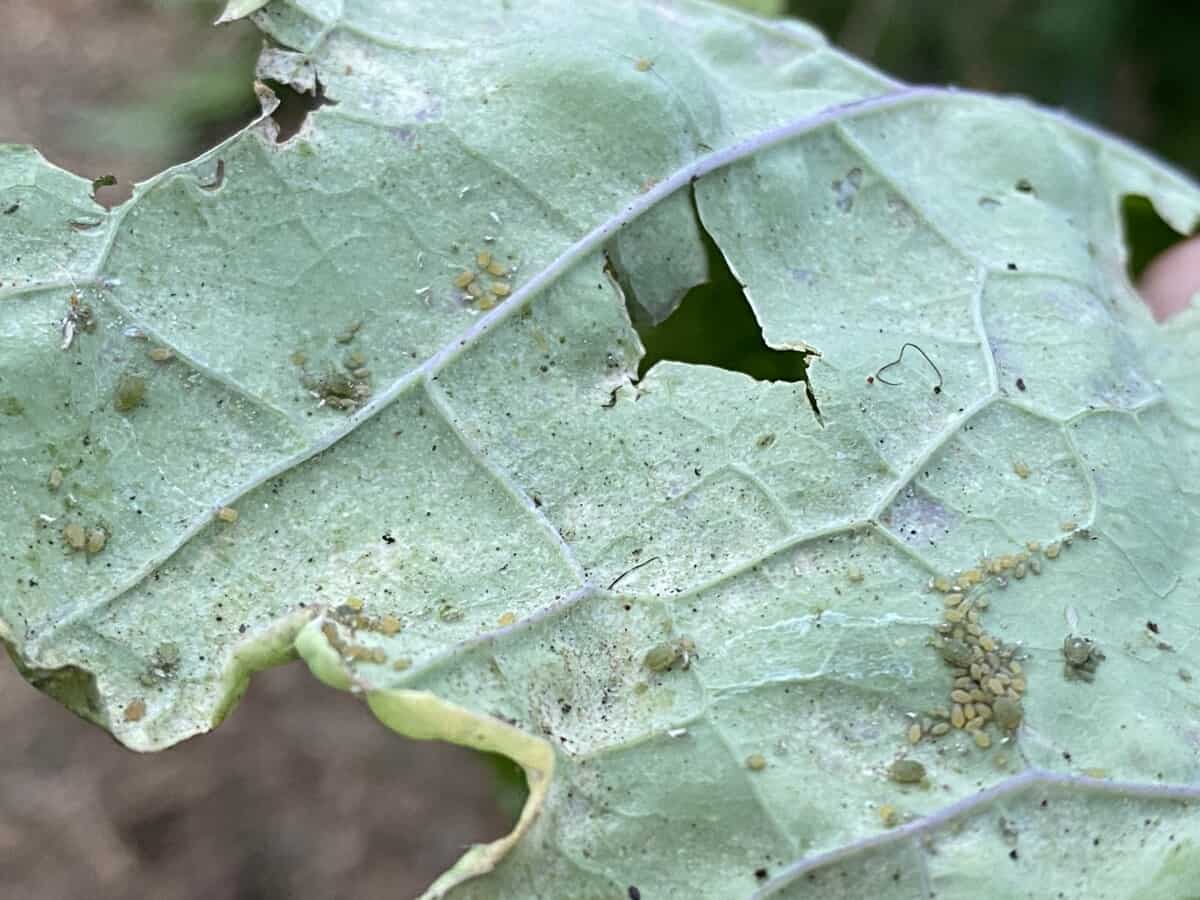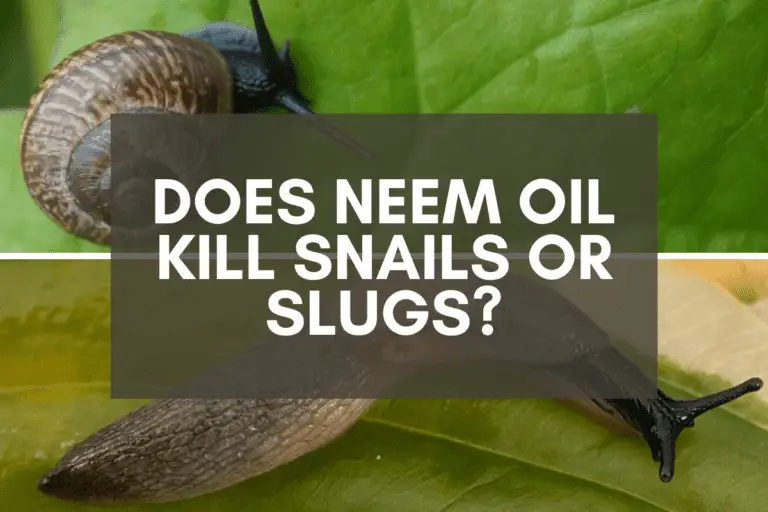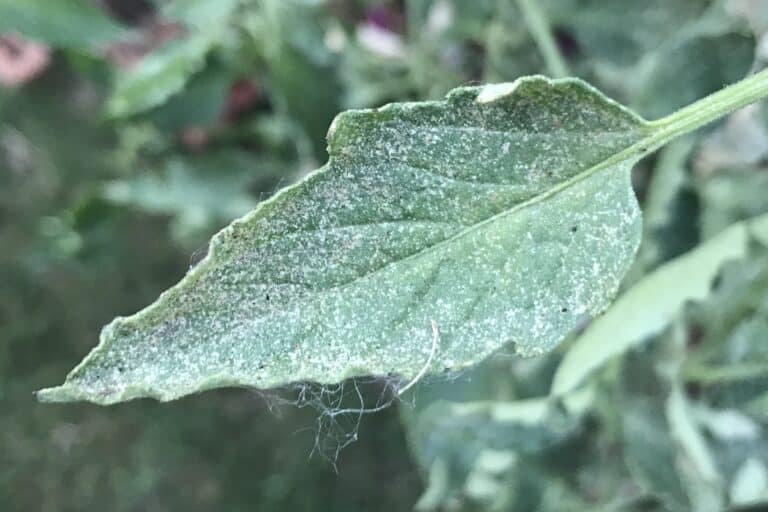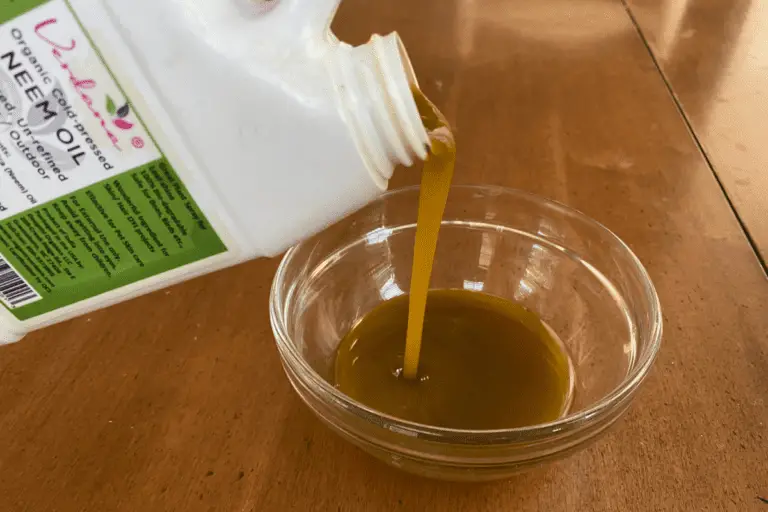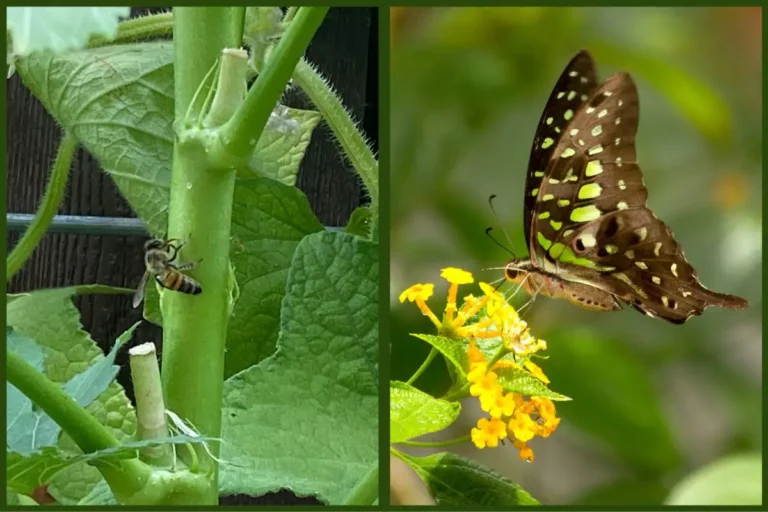Will Aphids Spread to Other Plants?
There are some 4,700 aphid species spread across the world, and they’re known for infesting a wide range of plants—vegetables, trees, shrubs, grasses, and flowers. Many are even named after the plants they typically infest, such as
But will aphids spread to other plants? Are they able to feed on many different species, as spider mites do? Or are they primarily interested in feeding on a particular kind of plant species?
Aphids will often spread to other plants, typically during late summer and fall as they look for new food sources. Some aphids seek out particular plants. Other species—such as green peach aphids (Myzus persicae) and cotton/melon aphids (Aphis gossypii)—can infest a wide variety of plant species.
The key to stopping aphids from spreading is to know what aphids look like on plants and to address aphid infestations as soon as you notice them.
I’m well aware that there are many people out there who treat aphids as if they’re no big deal. And sure, if you compare an aphid infestation to a spider mite manifestation, the latter is worse by far and much more difficult to remediate.
But this doesn’t mean you should ignore aphids. In fact, if you ignore aphids, you set the stage for future problems since you give them the opportunity to damage healthy plants, spread disease, give birth to winged aphids, and produce eggs that’ll overwinter in your garden until next spring.
To understand how and why aphids spread, you need to understand how the aphid life cycle works. Once you do, you’ll recognize why it’s important to remediate an aphid infestation as soon as you notice one in your garden.

How Do Aphids Spread? Things You Should Know
Like spider mites, aphids are able to travel unnoticed due to their small size (typically 1-3mm) and their ability to blend in and hide among plant foliage (especially green aphids, whose colors serve as natural camouflage).
But what gives aphids the ability to spread quickly–and to find ways to thrive in new environments–are several important characteristics.
Aphids are able to spread because they’re incredibly adaptive, fecund insects. Female aphids can give live birth to 10-12 nymphs per day, and they can produce winged versions of themselves that are capable of migrating to new plants as well as eggs that can withstand the cold winter months.
Let’s take a closer look at the methods aphids use to spread from place to place so that you’ll have a better sense of the ways aphids develop, migrate, and adapt to new environments.
1. Asexual Reproduction
Through a process known as parthenogenesis, female aphids are able to begin reproducing asexually each spring. In fact, male aphids don’t play a role in the aphid life cycle until later in the year, when female aphids recognize a need to begin egg production.
During the fall, asexual female aphids will give birth to sexual-producing female aphids, which will in turn give birth to sexual female and male aphids. Once that occurs, female aphids will mate with male aphids and begin the egg-laying process.
This ability to instinctually recognize environmental changes and thereby plan for the future makes it easier for aphids to maintain their populations, migrate to new locations, and survive in harsh weather conditions.
2. Female Fecundity
Female aphids are incredibly productive, especially earlier in the year. They’re able to produce around 10-12 live nymphs per day during the spring and summer, and when the fall and winter arrive, they can lay anywhere from 20-40 eggs per week.
Unfortunately for gardeners, a single female aphid can produce up to 100 aphid nymphs over the course of her short lifespan (typically a month). And each of these nymphs has the ability to produce 100 aphids of their own. This means that a single aphid can cause a widespread infestation within just 6-8 weeks of arriving on your property.
And if you don’t take care of the problem as the weather shifts from summer to fall, aphids will lay 50+ eggs during their lifespan, making it highly likely that you’ll have more aphid problems once the following spring arrives.
3. Live Birth
Female aphids are not only surprisingly fecund little pests. They’re also able to give live birth throughout spring, summer, and early fall, which means that the aphid reproduction process is accelerated because aphids are hemimetabolous, which means that they experience incomplete metamorphosis.
In the spring, aphid larvae emerge from eggs and evolve from nymphs to adults (they’re never pupae). For the rest of the year, aphids mostly give live birth to nymphs, which grow into their adult forms in a relatively short period of time.
Long story short, this means that aphids can reproduce quickly once they’ve arrived in a new location and found new host plants. For much of the year, they don’t even spend time in eggs. When nymphs are born, they’re born pregnant and thus primed to produce yet another generation of aphids.
4. Winged Forms
Aphids not only reproduce asexually. They’re also able to recognize when there’s a need for population dispersal. When this occurs, they’ll produce asexual winged versions of themselves.
Unlike their wingless siblings, these winged aphids are able to travel to new plants easily, seeking out new food sources and new locations for reproductive activity. This is one of the main reasons why aphids can migrate so quickly.
When understood within the context of our increasingly interconnected world–one characterized by massive global commerce that’s made possible by trans-oceanic shipping routes–it becomes clear that aphid migrations have been radically accelerated by human activity over the past 100 years.
This is why it’s so important to pay close attention to any plants you purchase at nurseries or home improvement stores (and even quarantine them at times). You never know what might be hiding under those leaves!
5. Cold Tolerance
In general, aphids are able to survive in cold weather, even weather that dips below the freezing point during winter. The reason that winters won’t kill off aphids is twofold.
First, aphids can diapause, which means that they’ll slow down their internal systems to preserve what little energy they have. Second, aphids are cold tolerant, which means that they’re able to produce antifreeze-like chemicals, even in sub-freezing weather, that ensure that their cells don’t develop ice crystals and burst.
Aphid mortality rates are pretty high during winter, typically 80-84% for eggs, nymphs, and adults alike. But these mortality rates are offset by aphids’ fecundity: The 16-20% of aphids that survive are more than enough to make up for those they lost come spring.
6. Overwintered Eggs
Aphids are pretty hardy little insects, relatively speaking. But aphid eggs can survive in even harsher environmental conditions, sometimes well below freezing. Eggs are typically laid underneath foliage, in between branches, around plant buds, in bark crevices, or even among fallen leaves and wood chips, which provides additional protection against the elements.
But in general, one of the biggest factors when it comes to the survival of overwintering larvae is not how cold it gets outside but how long it remains cold. The longer the cold weather lasts, the higher the aphid larvae mortality rate.
Even nestled inside their protective eggs, aphids cannot withstand sustained sub-freezing weather very well. After 2 months of such weather, aphid populations will dwindle. This is why aphids typically spread faster in more temperate climates. Absent harsh winters, there are simply more aphids hatching come spring.
Where Do Aphids Come From?
If you’ve noticed aphids on your plants, you probably won’t be able to determine exactly where they came from, but there are 3 primary sources for aphid infestations: overwintered eggs, winged aphids, and newly purchased plants.
Aphids that appear in spring have emerged from overwintered eggs unlike those that appear in late summer or fall, which are often the progeny of winged aphids who migrated from one location to another. Aphids can also travel via infested plants purchased at nurseries or home improvement stores.
There’s not much you can do about aphids who arrive in early spring. The eggs they emerged from were already in your garden and likely undetectable. The same goes for winged aphids. You can’t stop them from arriving in your garden, but you can remedy the problem the moment you notice it.
The one thing you can do to minimize the chance of aphid infestations is to pay close attention to any plant you purchase at your local nursery or retail store. You might quarantine it for a few days or even spray it with an insecticidal soap spray to make absolutely sure you haven’t accidentally introduced a new pest to your garden plants.
How Fast Do Aphids Spread to Other Plants?
The rate at which aphids will spread from plant to plant entirely depends on the time of year and the environmental conditions on your property.
Wingless aphids can move across a plant at a slow-ish but steady pace, but that’s not really what they want to do. They’d prefer to cluster, stay in place, and feed by puncturing the plant’s tissue and siphoning off its sap, which means they’re not all that interested in traveling from plant to plant unless they need to do so in search of nutrients.
The same can’t be said for winged female aphids because they’re equipped to travel quickly from plant to plant in search of new food sources. As they do, they’ll birth live nymphs, which means that they have the potential to spread aphids to one or more additional host plants.
This pattern will continue until cold weather arrives since, in particularly cold areas, aphids will diapause to conserve as much energy as possible.
Will Aphids Go Away on Their Own?
If aphids have seemingly gone away on their own, they’ve either migrated from your property to other locations, died off but left eggs behind that’ll lead to more aphids next year, or died off entirely.
There’s simply no way to know if this will happen or not, so I don’t recommend this cross-your-fingers-and-hope-for-the-best approach.
I’ve written about various kinds of aphids–black aphids, green aphids, red aphids, white aphids, and yellow aphids–and in each article, I’ve shared some interrelated thoughts on how to remediate aphid infestations. If you have a moment, check out those articles to see my suggestions for getting rid of aphids.
Additional Reading
If you’d like to continue reading in order to better equip yourself to fight off aphid infestations, I recommend taking a look at these additional articles:
